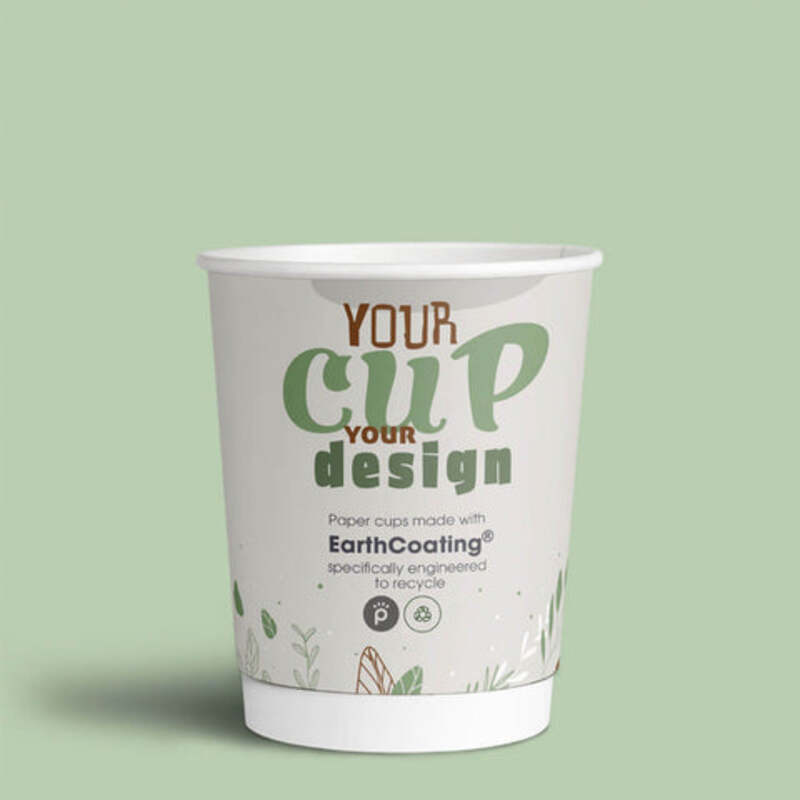The Art and Impact of Wrap Printing A Comprehensive Overview
Wrap printing has emerged as a significant trend in the realm of modern printing and graphic design. It encompasses a variety of techniques and applications that allow for the decoration and personalization of surfaces through creative and innovative designs. This article will delve into the essentials of wrap printing, its applications, methodologies, and its impact on various industries, demonstrating why it has become a valuable tool for branding and expression.
Understanding Wrap Printing
Wrap printing is a process where a printed vinyl material is adhered to objects or surfaces, which may include vehicles, walls, furniture, and even electronic devices. The primary goal is to create a visually appealing layer that wraps around the base material, transforming its appearance through vibrant graphics and colors. The essence of wrap printing lies in its versatility; it can be used for functional purposes like protection from weathering, or purely for aesthetic enhancement.
Techniques in Wrap Printing
There are several techniques employed in wrap printing, with digital printing being the most prevalent. Digital printing allows for high-quality images and designs to be printed directly onto vinyl or other materials. This method is favored for its ability to produce vivid colors and intricate designs without the need for lengthy setup times associated with traditional printing methods.
Another crucial technique is the use of solvent-based inks, which provide durability and weather resistance. These inks are essential for outdoor applications, such as vehicle wraps, where exposure to various environmental conditions is inevitable. Additionally, some wraps utilize specialized materials that have properties like stretchability and conformability, ensuring that the wrap fits snugly around complex shapes and contours.
Applications of Wrap Printing
Wrap printing finds its place in numerous sectors. One of the most recognized applications is in the automotive industry. Car wraps allow businesses to advertise their brands while providing a protective layer to the vehicle's original paint. They are especially popular among companies looking to enhance their visibility on the road. This approach to advertising not only reduces the need for costly paint jobs but also allows for easy removal or changes in branding without significant investment.
wrap printing

Beyond vehicles, wrap printing is also prevalent in retail environments. Businesses often use wall wraps to create immersive shopping experiences or to communicate their brand messages effectively. Restaurant interiors, retail store displays, and trade show booths frequently utilize wrap printing to stand out and attract customers' attention.
The Environmental Considerations
While wrap printing offers remarkable benefits, it is essential to consider its environmental impact. The materials used in wraps, often made from PVC (polyvinyl chloride), can raise concerns regarding sustainability. However, the industry has seen advancements with the introduction of eco-friendly materials and inks. Companies are increasingly opting for biodegradable and recyclable options, reducing the environmental footprint of their printing processes and promoting greener practices.
The Future of Wrap Printing
The future of wrap printing looks promising, fueled by advancements in technology and materials. Innovations such as 3D printing and augmented reality (AR) are beginning to influence the wrap printing landscape. These technologies will likely enhance the level of customization and interactivity in wraps, allowing consumers to engage with their designs in unprecedented ways.
Moreover, as businesses increasingly recognize the value of unique branding, the demand for wrap printing will continue to grow. It serves as an effective marketing tool, providing companies with the ability to make a memorable impression through striking visuals.
Conclusion
Wrap printing is more than just a method of applying graphics; it is an intersection of art, technology, and marketing. Its customization options and diverse applications make it a favored choice across industries, providing businesses with the ability to express their brand identity vividly and dynamically. As technology continues to innovate and sustainability becomes a focal point, wrap printing is poised to grow and adapt to modern demands. In an ever-evolving market, the power of wrap printing remains a testament to creativity, functionality, and the importance of visual communication in today's world.



